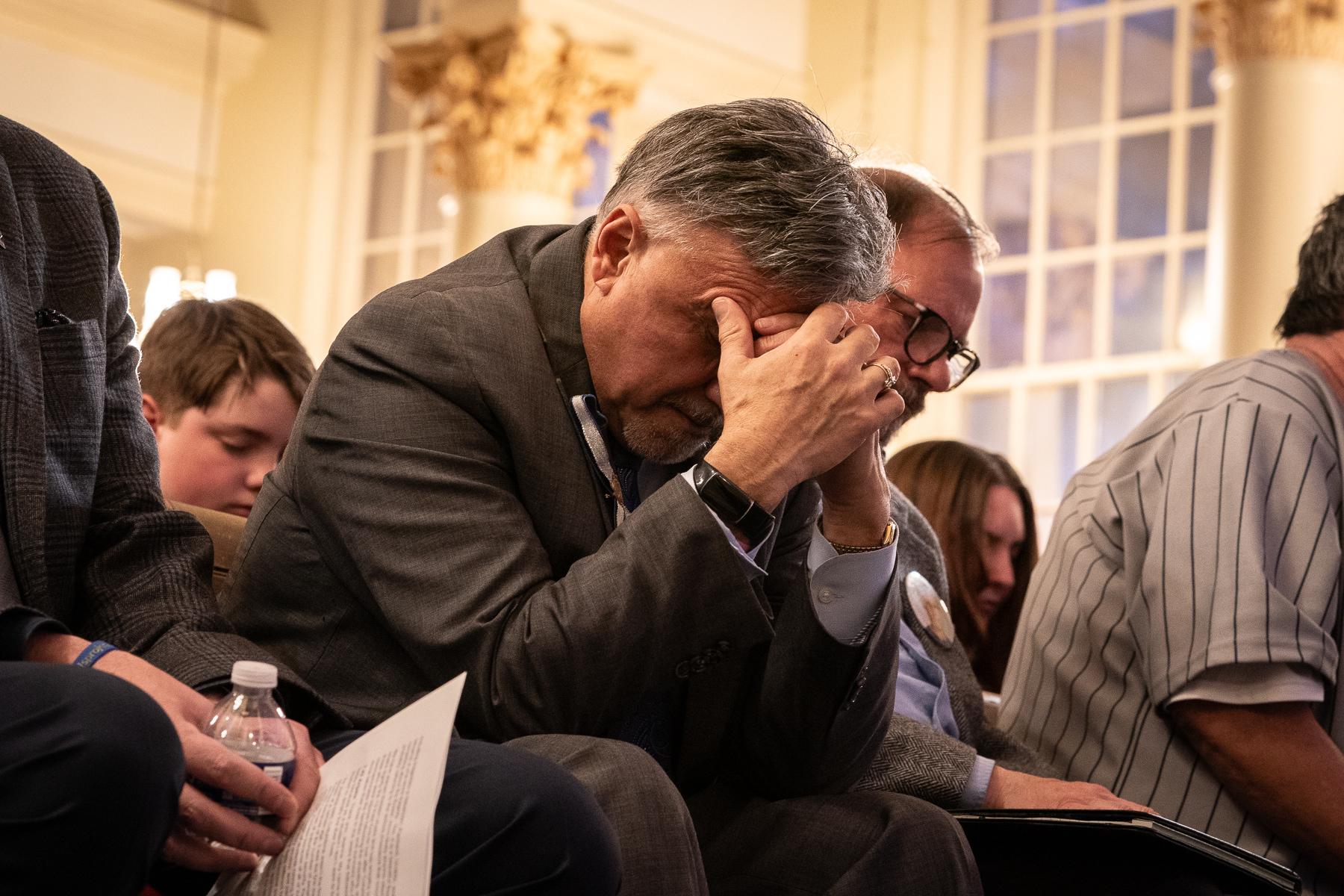
This week Hal talks about M45 (The Pleiades Cluster, AKA The Seven Sisters).
The Pleiades is an open star cluster that is one of the most beautiful objects in the night sky. And, every year in the month of November the Pleiades rise around sunset and set around dawn, so they are visible all night long. You can see this bright little cluster of stars, often called the seven sisters, though most people only see six, by looking to the northeast after sunset. It’s the fuzzy patch above and to the right of the bright red star Aldebaran, which in turn is above and to the right of the constellation Orion.
So what are the Pleiades? Stars tend to form in swarms, condensing out of vast clouds of dust and gas, and glowing with nuclear fire once there is enough mass to squish the core so hard fusion begins. It makes sense then, that a giant cloud of gas could give birth to a number of stars, all about the same time.
About 100 million years ago several hundred stars got their start about 400 light years from Earth, and the Pleiades were born. Through binoculars or even a small telescope these gorgeous bright blue stars appear like bright blue diamonds in the night. With a slightly larger telescope you can see that the stars illuminate left over gas around them in space, creating a beautiful glowing nebulosity of light.
It was long thought that the glowing gas around the stars was left over from their formation. Recent evidence suggests however, that this group of stars just happens to be passing through an area of space with vast clouds of gas unrelated to their formation, which they are illuminating from the inside out!
And did you know that you already know how to say Pleiades in Japanese? Next time you’re behind a Subaru, take a look at the corporate logo. It’s the stars of the Pleiades, which in Japan is named Subaru. So no tailgating, you’re following a bunch of stars.
If you’d like to take a closer look at the Pleiades or any of the other wonderful and amazing things in the sky, please visit KRCC.org or CSASTRO.org for a link to information on our monthly meetings and our free public star parties!
This is Hal Bidlack for the Colorado Springs Astronomical Society, telling you to keep looking up, Southern Colorado!








